Remember when your uncle Dave swore his cassette collection was an investment? Or when your parents told you to “just get a job with a pension and stay there forever”? Yeah… turns out some of that ‘90s money wisdom aged about as well as low-rise jeans and dial-up internet. What used to be bulletproof financial advice is now more like playing Frogger in traffic—you might survive, but it’s risky AF.
The world’s changed. Interest rates are doing the cha-cha, retirement is DIY, and your “smart” financial moves need to keep up with the times. So before you dust off that savings bond or co-sign a cousin’s car loan, scroll through these 13 financial habits that were genius then—but could totally backfire now.
1. Paying Off Your Mortgage Early Just Because You Can
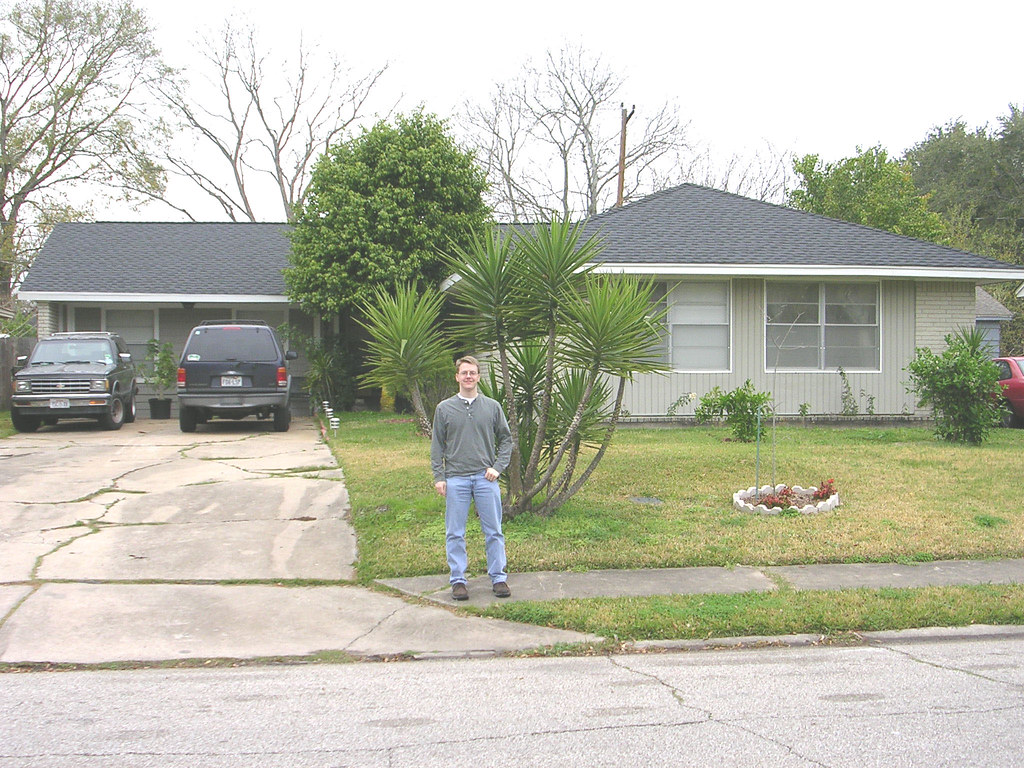
Your grandpa probably gave you this advice: “Get rid of that mortgage as fast as you can.” And in the ’90s, when mortgage rates were in the 8–10% range, he had a point. Paying it off early could save you a fat stack in interest. But these days? Mortgage rates have fluctuated, sure, but they’ve still been historically lower than market returns for most of the past two decades.
According to Bloomberg, some homeowners now regret throwing all their cash into mortgage payoff instead of investing it. Why? Because compound returns in the stock market—or even certain low-risk funds—could’ve netted more. Plus, your mortgage might come with juicy tax breaks, and having liquidity (aka actual cash) is way more valuable in unpredictable times. So unless your mortgage rate is truly brutal, early payoff might be more emotional than strategic.
2. Relying on a Traditional Savings Account for Long-Term Growth
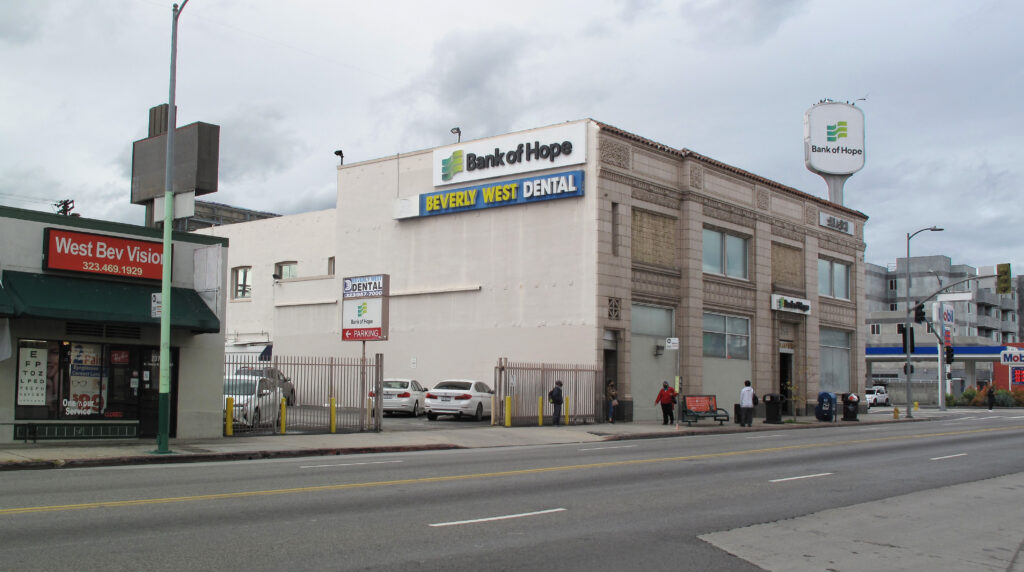
In the ’90s, parking your cash in a savings account felt safe and solid. You’d earn decent interest, avoid stock market drama, and still get those sweet FDIC protections. But fast forward to today, and your traditional savings account is basically giving you crumbs in return—often well below inflation.
As of 2024, the national average savings account rate is still hovering around 0.45%, according to Bankrate. Translation? Your money is technically shrinking over time. Back in the day, it was a decent holding tank for your emergency fund and your dreams. Now? It’s fine for short-term cash but a total dud for wealth-building. Instead, high-yield savings accounts or short-term treasury funds might give you better bang for your buck. The bottom line: what used to be a passive win is now more like a missed opportunity.
3. Treating Your Job as a Forever Home

Ah, the era of 30-year gold watches and pension plans. In the ’90s, it made total sense to plant your flag at one company and stay loyal AF. You’d climb the ladder, collect benefits, and maybe even retire with a solid pension. But spoiler alert: that’s not how the modern job market works anymore.
Job-hopping is no longer a red flag—it’s a career power move. In fact, The New York Post reports that switching jobs can lead to bigger raises and faster career growth than staying put. Employers today reward new talent more than long-timers, and many companies don’t even offer pensions anymore. So staying at a job just for the sake of loyalty? That could mean leaving thousands on the table. Unless you’re getting regular raises, skills development, and benefits that slap, staying might just be stagnating.
4. Buying the Biggest House You Could Afford

In the ’90s, it was totally normal to stretch your budget to snag the biggest possible house. It was seen as an investment, a status symbol, and a future equity machine. You’d lock in a fixed mortgage, watch values rise, and live out your white-picket-fence fantasy. But today’s housing market isn’t giving you that same friendly ROI.
Per Newsweek, housing prices are ballooning in some areas while stagnating—or even sliding—in others. And let’s not even talk about maintenance, rising property taxes, and the wild cost of insurance in climate-prone regions. That “forever home” could turn into a forever money pit.
Smaller, smarter living (think: location, efficiency, and flexibility) might actually be the savvier path in this new era of unpredictability.
5. Sticking with Employer-Based Health Insurance No Matter What

Back in the ’90s, your employer’s health insurance plan was the holy grail. You landed the job, you got the benefits, and you stayed put because COBRA was terrifying. But now, with the gig economy booming and platforms like the ACA offering (somewhat) competitive alternatives, your options are a lot more open—and sometimes smarter.
Many workers are discovering that private or marketplace plans offer more flexibility and, surprisingly, better networks depending on where they live. According to a report from KFF, some mid-income earners can actually pay less out of pocket for an ACA plan than they would with employer-based coverage, especially when you factor in deductibles.
If you’re hanging onto a toxic or underpaying job just for the health insurance, you might be financially shooting yourself in the foot. Time to shop around and reclaim your autonomy.
6. Using CDs as a Primary Investment Strategy

Back in the ’90s, Certificates of Deposit were the ultimate set-it-and-forget-it move. You’d lock in a juicy rate—sometimes 5% or more—and let the magic happen while sipping a Crystal Pepsi. But nowadays, CD rates barely keep up with inflation unless you hunt aggressively, and even then, you’re tying up your money like it’s grounded. Flexibility matters way more in today’s financial world, where recessions, layoffs, and weird crypto crashes can come out of nowhere.
Plus, early withdrawal penalties are just rude, especially if you suddenly need that cash. In a time when high-yield savings accounts, I-bonds, or even short-term ETFs offer better yields with more freedom, CDs feel like that friend who refuses to upgrade from a flip phone. They’re technically functional, but kind of stuck in the past. If you’re using CDs for your emergency fund or retirement cushion, you’re likely losing more than you’re gaining. Sure, they’re stable—but so is a parked car. You want your money to at least cruise, not nap.
7. Counting on a Pension to Handle Retirement
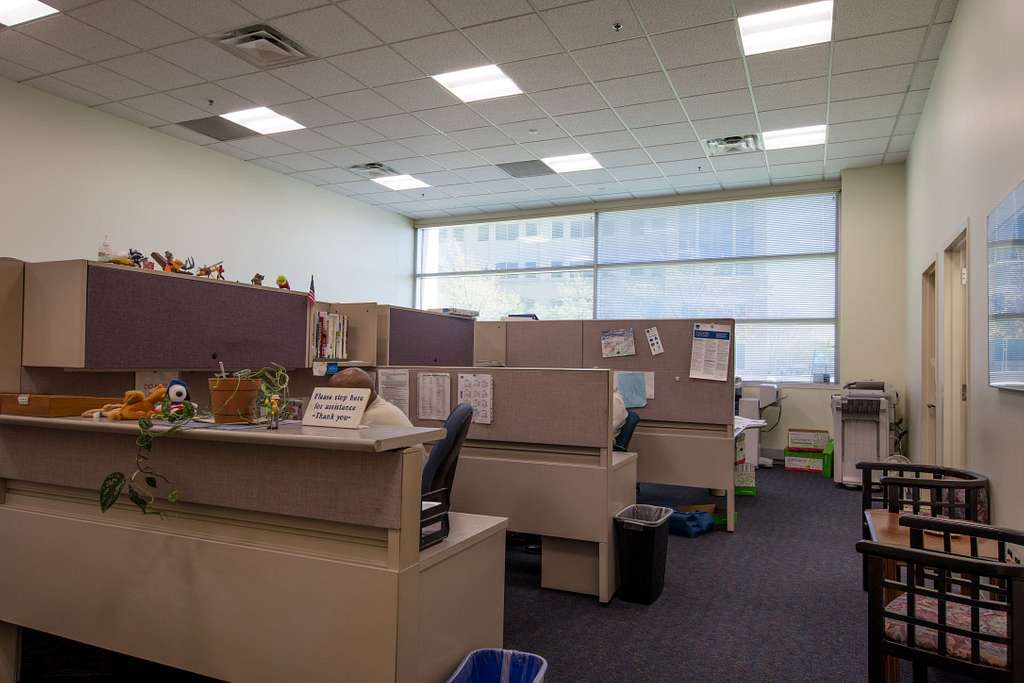
In the ’90s, pensions felt like a golden parachute made of warm hugs and passive income. You work hard, stay loyal, and boom—monthly checks for life. But let’s be real: most employers have ghosted the pension model faster than they ditched fax machines. These days, it’s all about the 401(k), and that puts the burden (and the risk) squarely on you.
If you’re still holding out for that sweet pension plan, make sure your company hasn’t already phased it out without sending a memo. Also, many pension funds are underfunded or facing long-term viability issues, which is a terrifying bedtime story for your future self. Even public sector gigs aren’t totally immune. The modern retirement strategy requires more proactive saving, smarter investing, and probably fewer bottomless brunches. Waiting for a pension to rescue your golden years is like waiting for Blockbuster to make a comeback—it’s not impossible, but don’t bet your rent on it.
8. Trusting the 60/40 Portfolio to Do All the Work
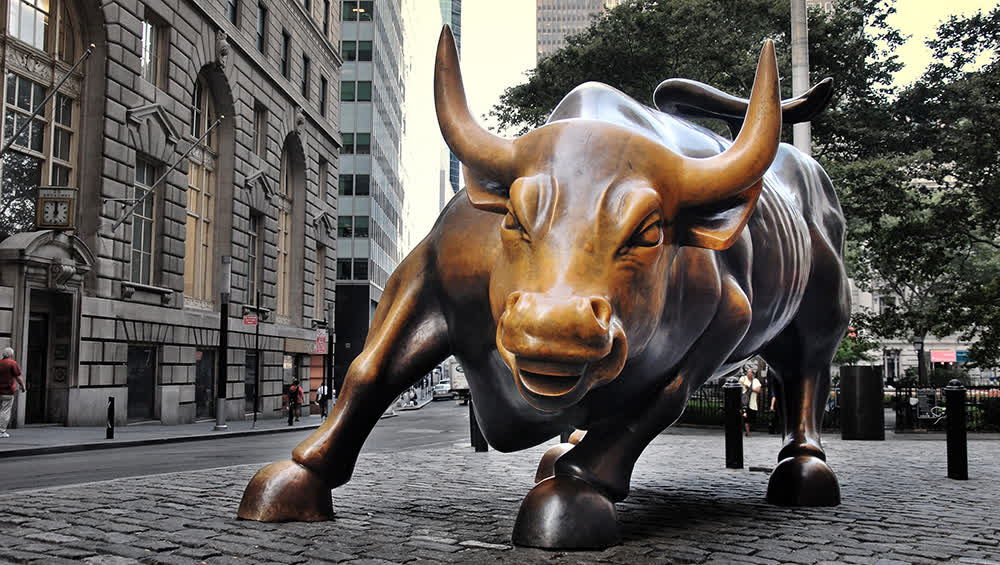
The classic 60% stocks, 40% bonds portfolio was the gold standard in the ’90s. It was balanced, it was boring, and it usually got the job done. But in today’s financial jungle—where bonds can crash and stocks are moodier than a Scorpio on a juice cleanse—that strategy may not cut it anymore. The market’s volatility has made the 60/40 feel less like a plan and more like a gamble.
A lot of younger investors are now mixing things up with alternatives like REITs, commodities, or even crypto (for the brave). That’s because bonds, once the reliable anchor, have gotten kind of unpredictable thanks to inflation and rate hikes. Meanwhile, sticking to just blue-chip stocks doesn’t guarantee stability anymore. Diversification still matters, but maybe not in that old-school configuration. If your portfolio still looks like it was built during a Clinton administration, it might be time for a glow-up. Consider giving your investments the same energy you’d give a dating app bio refresh.
9. Budgeting Without Accounting for Subscriptions
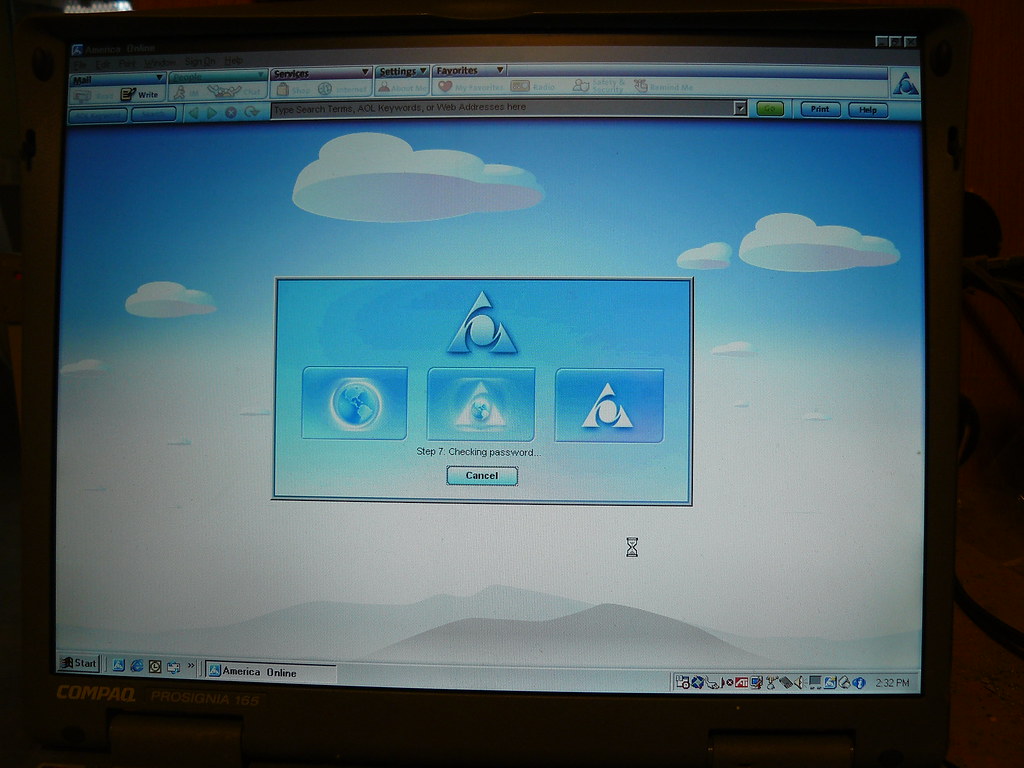
In the ’90s, your bills were your bills: rent, phone, electric, gas, and maybe AOL if you were fancy. Fast forward to today and your budget is lowkey bleeding out from 27 different subscriptions. From Netflix and Spotify to that random meditation app you forgot to cancel, subscription creep is real and it’s savage. Back in the day, there wasn’t much to accidentally auto-renew—now it’s death by a thousand digital cuts.
Using a ’90s-style budgeting method in 2025 ignores the fact that many expenses are sneaky and recurring. And those $5 to $20 charges? They add up fast—especially if you’re not actively tracking them. Modern budgeting has to account for recurring charges, trials-turned-traps, and apps that quietly charge you in currencies you didn’t even know you were using. If you’re still using a static budget template you printed off a floppy disk, it’s time to retool. Consider tools that sync with your bank and flag recurring charges—or just start checking your statements like it’s your part-time job. Because it kind of is.
10. Believing You’ll Always Pay Less With Cash
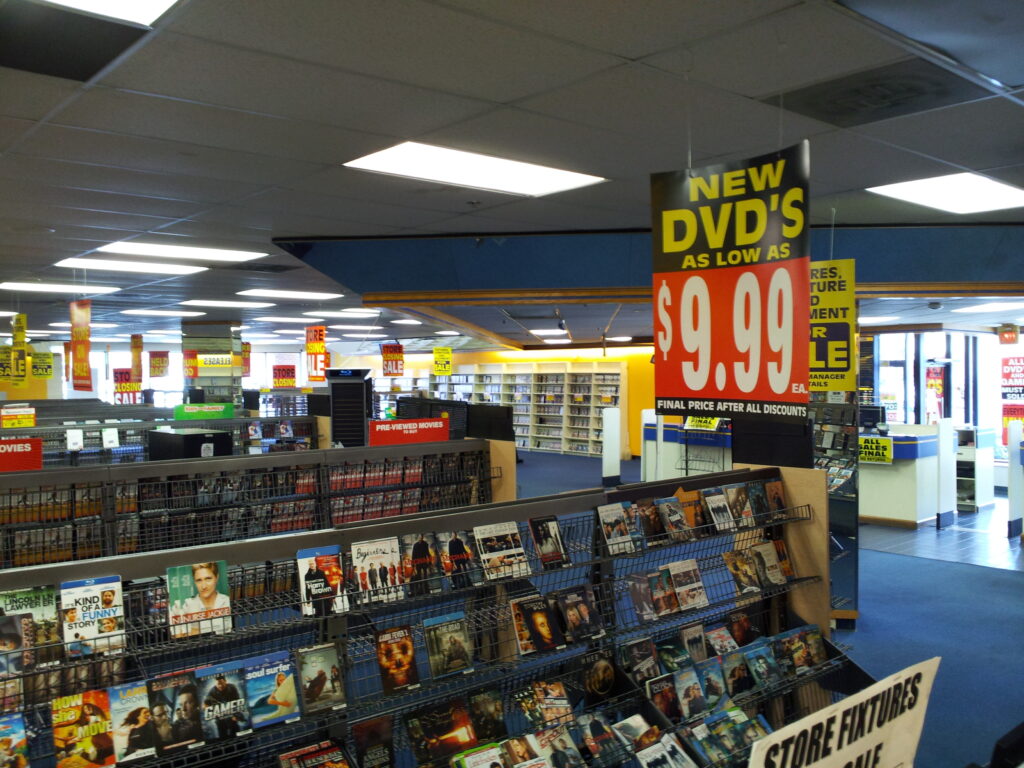
In the ’90s, cash was king. No interest, no overdraft surprises, no one tracking your pumpkin spice latte habit. But in 2025, using cash exclusively can actually cost you. First off, you’re missing out on credit card rewards, buyer protections, and cashback benefits that are basically free money if you pay off your balance.
Second, some digital-only deals and perks just aren’t available to people still waving twenty-dollar bills around. And while budgeting with cash envelopes might help with discipline, it doesn’t help build credit—which you definitely need if you ever plan on buying anything larger than an air fryer. In this era, smart card usage can be way more financially powerful than hoarding cash. Plus, if you lose your wallet, your bills are just gone. No canceling, no reimbursement. So sure, cash has a nostalgic vibe, but clinging to it too hard can leave you missing out on the tools of today’s financial game.
11. Co-Signing Loans for Family or Friends
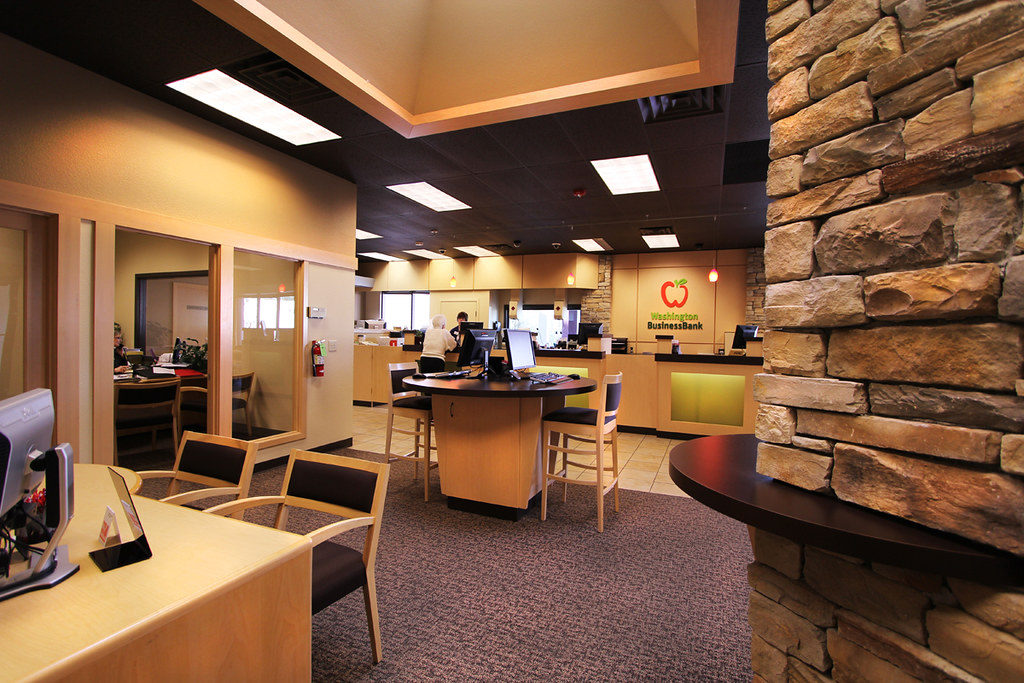
Back in the day, co-signing felt like the ultimate gesture of trust. You put your name on a dotted line and felt like a supportive legend. But in today’s credit landscape, where defaults and job losses are as common as seasonal streaming price hikes, co-signing is a high-risk gamble. If the person misses even a single payment, your credit could get a black eye—and they won’t even offer you a thank-you gift basket.
What’s worse, you’re on the hook legally. If they ghost the loan, it becomes your problem and your financial burden. The economy’s too unpredictable to risk your credit score on someone else’s optimism. It doesn’t mean you don’t love them—it means you love yourself just a little more. Better idea? Help them find a co-signer who isn’t you or give them cash you can afford to lose. That way you can stay both generous and solvent.
12. Assuming Social Security Will Cover Everything

In the ’90s, Social Security felt like a reliable backup plan—something your parents or grandparents lived off of comfortably. But in 2025, thinking of it as your entire retirement plan is like trying to live off vending machine snacks. Sure, it’ll keep you from starving, but it won’t be much of a feast. With rising healthcare costs, unpredictable inflation, and longer life expectancy, those monthly checks barely stretch past the basics.
And let’s not ignore the giant fiscal elephant in the room: Social Security’s long-term funding isn’t exactly rock solid. Experts warn that unless reforms happen, benefits may be reduced by the 2030s. That’s not exactly a comforting forecast when you’re trying to plan a cozy retirement. You need supplemental savings, investments, and maybe even a side hustle if you want to retire in more than just name. Think of Social Security as your financial seatbelt—not the whole car.
13. Buying Brand New Cars as a Flex
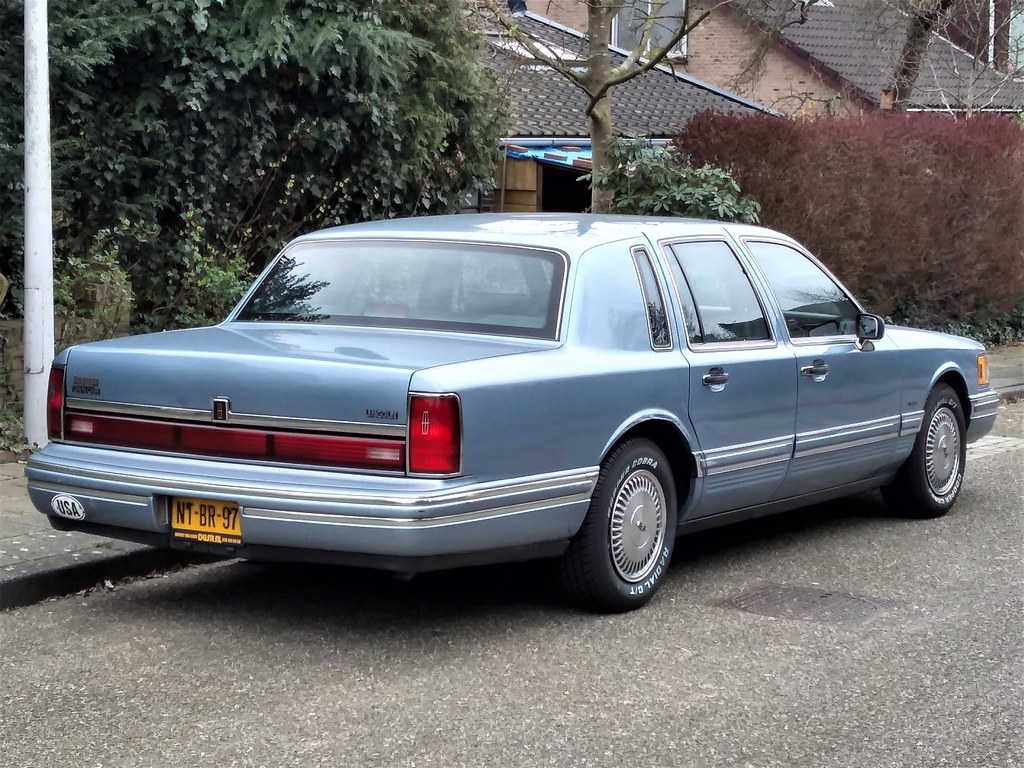
In the ’90s, rolling off the lot in a brand-new Ford Explorer was a major glow-up. It screamed “I’ve made it!” and came with that intoxicating new car smell. But in 2025? Buying new means eating instant depreciation the minute you drive away. It’s like lighting a few thousand dollars on fire while waving to your neighbors.
Modern financial wisdom leans hard into buying used, certified pre-owned, or leasing only when it’s smart for your situation. Cars are tech-heavy now too, which means newer doesn’t always mean longer-lasting—it just means more screens that can break. Plus, with ride-shares, EVs, and remote work reshaping how often we even use our cars, that brand-new whip might just sit in your driveway collecting bird poop and interest charges. Flexing with a used car that still looks great and saves you cash? That’s the 2025 power move. Your wallet—and future self—will thank you.
This article is for informational purposes only and should not be construed as financial advice. Consult a financial professional before making investment or other financial decisions. The author and publisher make no warranties of any kind.








